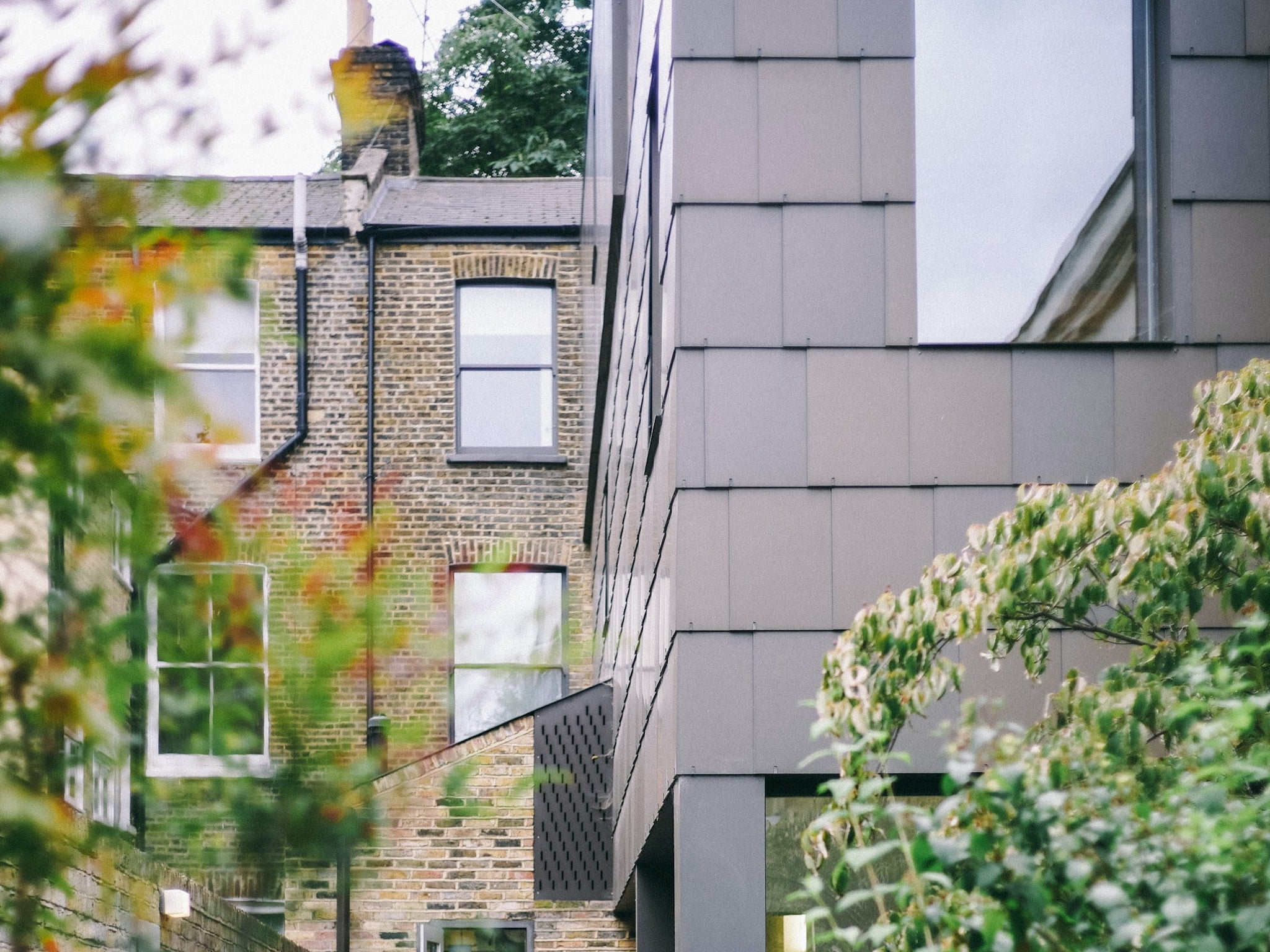

The durability of garden rooms varies greatly, influenced by factors such as the quality of materials, construction practices, maintenance routines, and environmental conditions. For property owners considering the addition of a garden room, understanding these elements is crucial for ensuring a worthwhile and enduring investment.
Wooden garden rooms constructed from high-quality materials like cedar typically offer a lifespan ranging from 20 to 40 years. The natural properties of cedar, which resist decay and moisture, contribute significantly to the durability of these structures. With diligent maintenance, some well-constructed wooden garden rooms can even surpass this expected lifespan, continuing to serve as functional and aesthetic additions to properties for many decades[1][3][5].
Prefab garden rooms, benefitting from modern advancements in materials and construction techniques, have seen significant improvements in durability. These structures are now expected to last up to 50 years, presenting a robust option for those seeking a more permanent garden addition[1].
The lifespan of DIY garden rooms is the most variable, largely dependent on the builder’s expertise and the materials chosen. Typically, these can last anywhere from 10 to 30 years, with their longevity greatly influenced by the level of craftsmanship and the quality of materials used[2][4].
Several factors play crucial roles in determining how long a garden room will last:
In conclusion, a well-maintained garden room constructed from high-quality materials can last anywhere from 10 to over 40 years. The investment in top-tier materials and regular upkeep not only enhances a garden room’s durability but also ensures that it remains a valuable addition to any property for years to come.
If you need help with this topic then please fill out the form below and we'll put you in touch with an expert architect local to you who can help. Alternatively you can email us: email us